After years of controversy and scientific evidence linking it to cancer, the FDA has finally banned the use of the synthetic food dye Red No. 3 in food and ingested drugs. This decision comes decades after the dye was banned in cosmetics, raising questions about why it took so long to take action.
For many years, the synthetic food dye Red No. 3, also known as FD&C Red No. 3, erythrosine, or Red Dye No. 3, has been a subject of concern due to its potential health risks. This dye, commonly used to impart a vibrant red color to various foods and medications, has been linked to cancer in laboratory rats. Despite this evidence, the FDA has allowed its continued use in food and ingested drugs until January 15, 2027, and January 18, 2028, respectively.
The Center for Science in the Public Interest (CSPI) has long advocated for the removal of Red No. 3 from the list of approved food color additives. They filed a petition with the FDA, citing scientific studies that demonstrated a correlation between the dye and the development of thyroid tumors in rats. The CSPI emphasizes that when a substance is shown to cause cancer in animals, it raises serious concerns about its potential to induce cancer in humans. This concern aligns with the Delaney Clause, a law that prohibits the deliberate addition of cancer-causing agents to food.However, the FDA's stance on Red No. 3 has been a point of contention. While acknowledging the Delaney Clause, the agency maintains that Red No. 3 is safe for human consumption and that its removal is a matter of legal compliance. Critics argue that the FDA's delayed action on this matter is perplexing, considering that Red No. 3 was banned from cosmetics 35 years ago due to similar cancer concerns. They question the agency's continued justification of its use in food and drugs when scientific evidence suggests potential risks. This situation highlights the ongoing debate surrounding the safety of artificial food dyes and the need for stricter regulations to protect public health
FOOD DYES RED NO.3 CANCER FDA DELANEY CLAUSE CENTER FOR SCIENCE IN THE PUBLIC INTEREST COSMETICS REGULATION PUBLIC HEALTH
United States Latest News, United States Headlines
Similar News:You can also read news stories similar to this one that we have collected from other news sources.
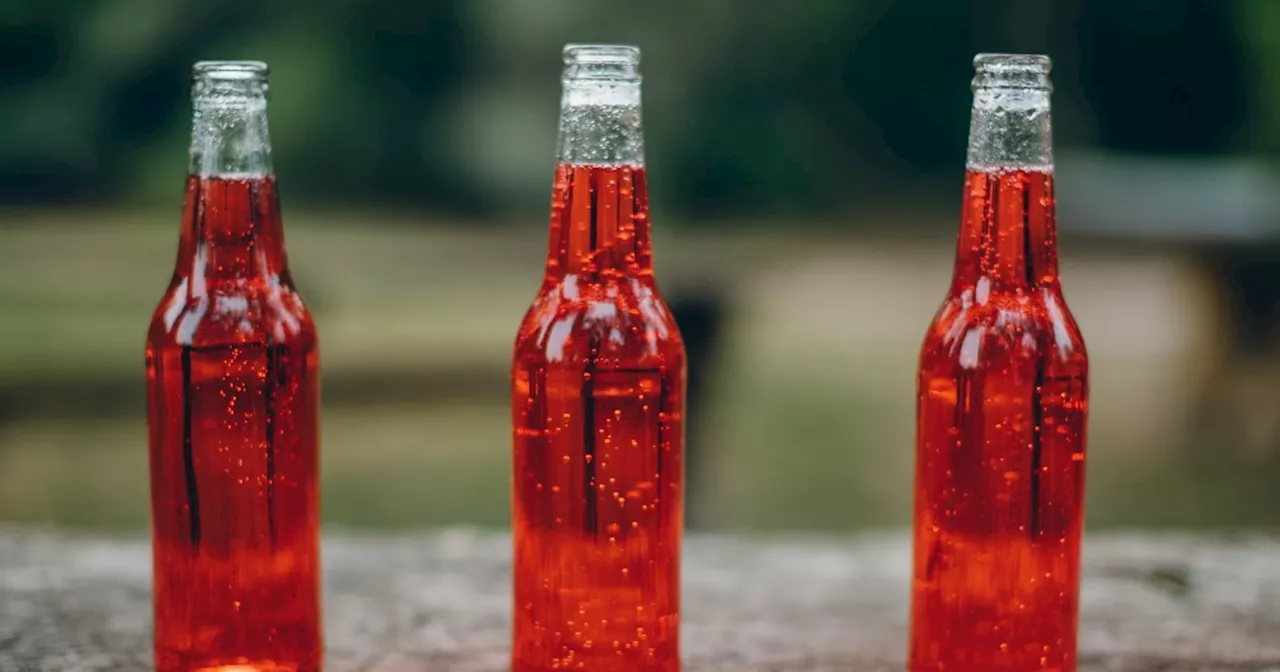 FDA Bans Red No. 3 Food Dye Over Cancer ConcernsThe Food and Drug Administration (FDA) has banned the use of Red No. 3, a synthetic dye linked to cancer in animals, in all food and beverages sold in the United States. The ban, effective January 2027, comes after years of advocacy from consumer groups and lawmakers who raised concerns about the dye's potential health risks.
FDA Bans Red No. 3 Food Dye Over Cancer ConcernsThe Food and Drug Administration (FDA) has banned the use of Red No. 3, a synthetic dye linked to cancer in animals, in all food and beverages sold in the United States. The ban, effective January 2027, comes after years of advocacy from consumer groups and lawmakers who raised concerns about the dye's potential health risks.
Read more »
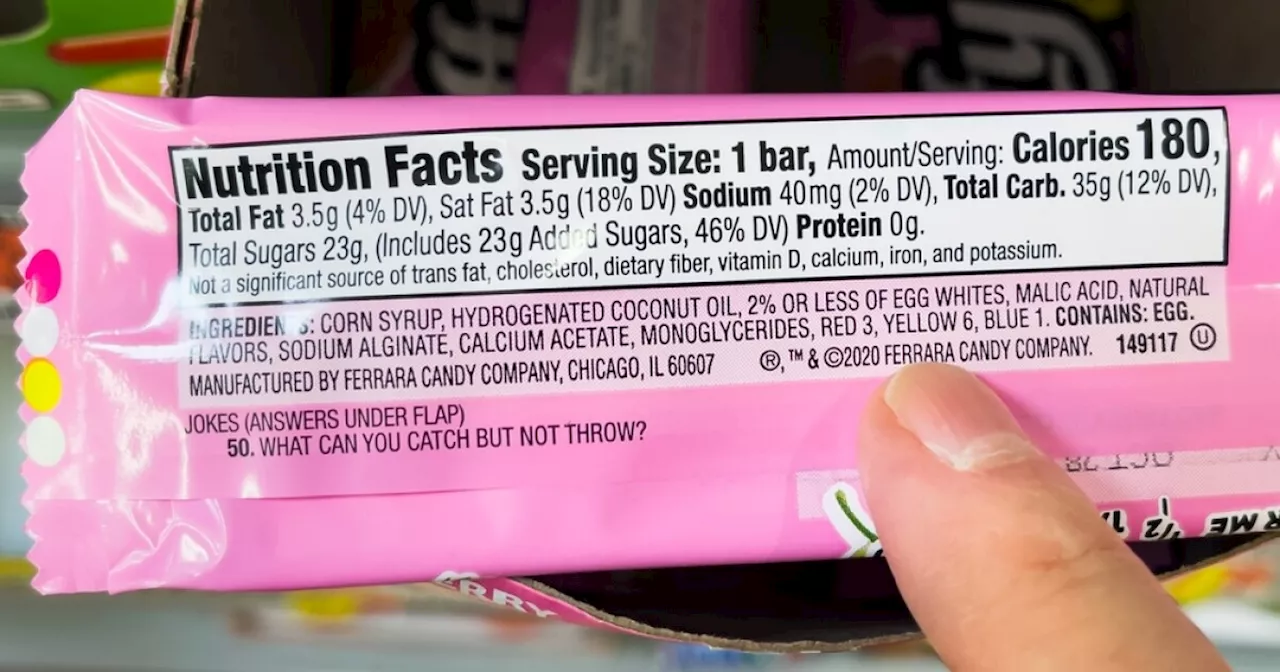 FDA Bans Popular Food Dye Red No. 3 Over Cancer ConcernsThe Food and Drug Administration (FDA) has banned the use of Red No. 3, a common food dye, in food and drugs sold in the US. The decision was made based on studies that showed a link between Red No. 3 and cancer in male rats. While the FDA says that the risk to humans is low, food manufacturers will have two years to reformulate their products to remove the dye.
FDA Bans Popular Food Dye Red No. 3 Over Cancer ConcernsThe Food and Drug Administration (FDA) has banned the use of Red No. 3, a common food dye, in food and drugs sold in the US. The decision was made based on studies that showed a link between Red No. 3 and cancer in male rats. While the FDA says that the risk to humans is low, food manufacturers will have two years to reformulate their products to remove the dye.
Read more »
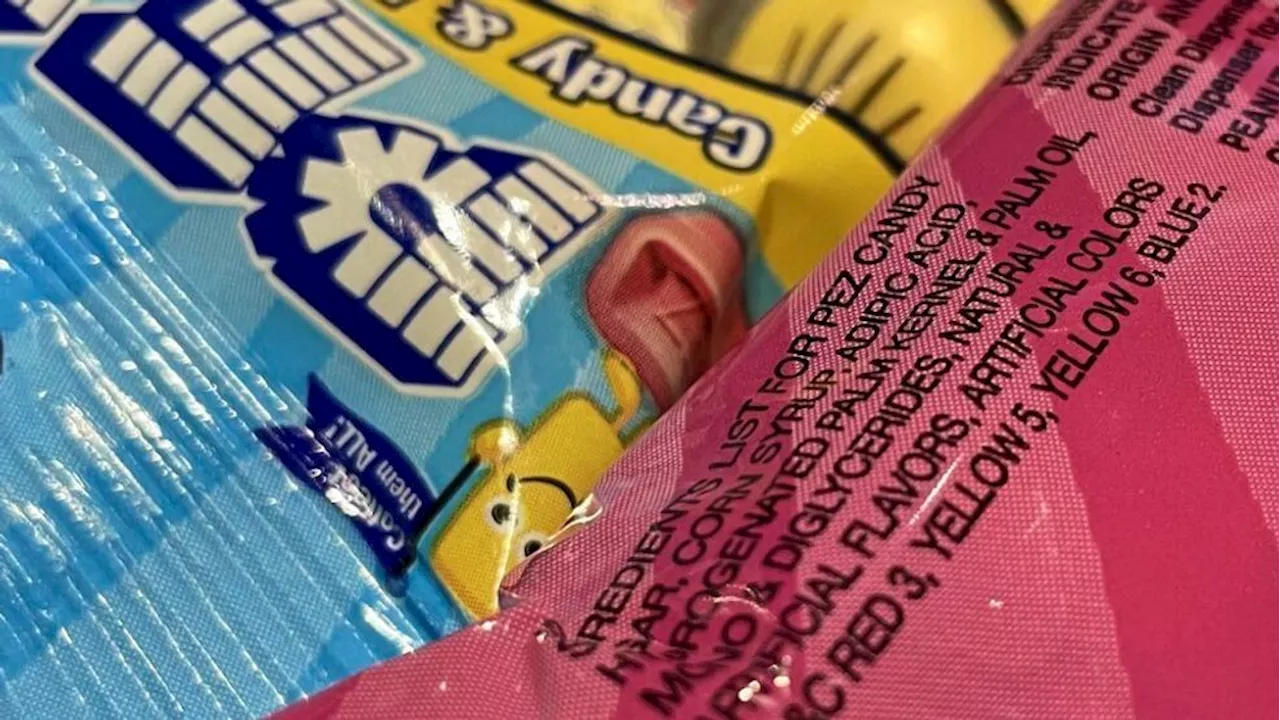 FDA Bans Red Dye No. 3 From Food Supply Over Cancer RiskThe U.S. Food and Drug Administration (FDA) has banned Red 3, a synthetic dye used to give foods a bright red hue, citing potential cancer risks in lab rats. This ban comes nearly 35 years after Red 3 was prohibited from cosmetics due to similar concerns. While the FDA acknowledges that the way Red 3 causes cancer in rats does not apply to humans, the Delaney Clause, a law requiring the ban of any additive found to cause cancer in humans or animals, necessitates this action.
FDA Bans Red Dye No. 3 From Food Supply Over Cancer RiskThe U.S. Food and Drug Administration (FDA) has banned Red 3, a synthetic dye used to give foods a bright red hue, citing potential cancer risks in lab rats. This ban comes nearly 35 years after Red 3 was prohibited from cosmetics due to similar concerns. While the FDA acknowledges that the way Red 3 causes cancer in rats does not apply to humans, the Delaney Clause, a law requiring the ban of any additive found to cause cancer in humans or animals, necessitates this action.
Read more »
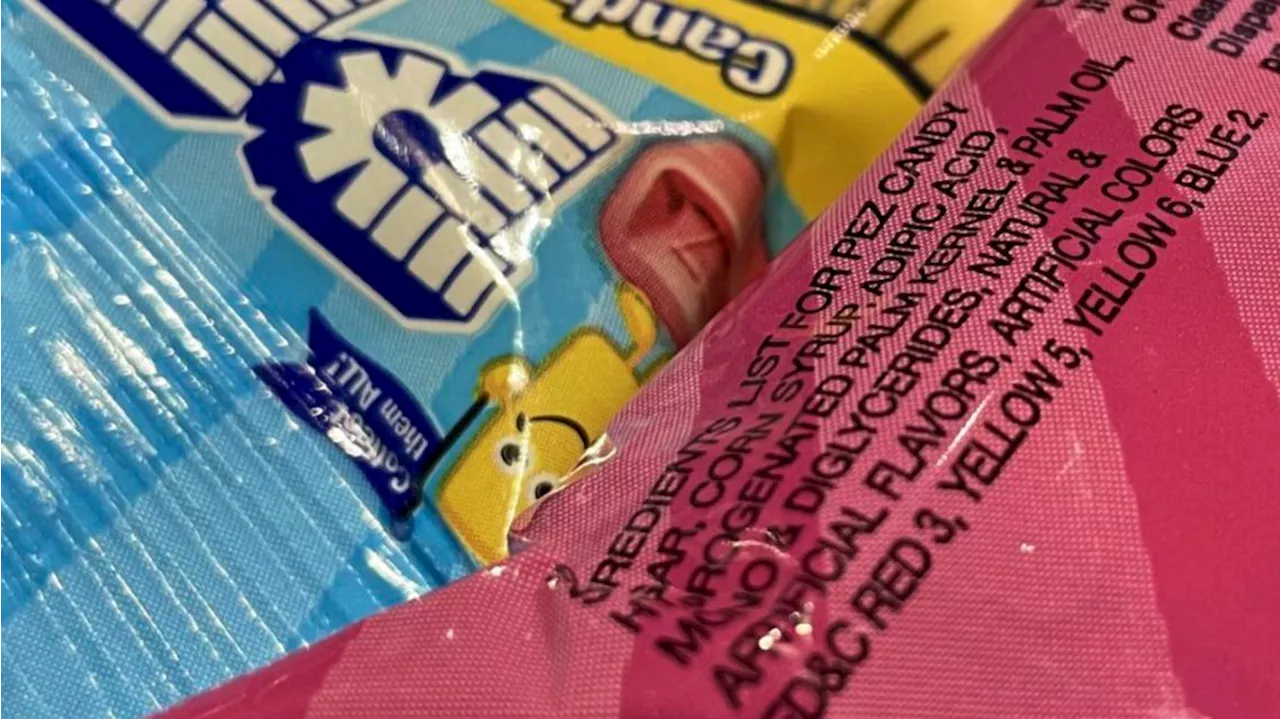 FDA Bans Red Dye No. 3 in Food, Citing Cancer Risk in RatsThe FDA has banned the use of Red Dye No. 3 in food and ingested drugs, citing studies that showed cancer in lab rats. The ban, effective for food manufacturers by January 2027 and drug makers by January 2028, comes after years of pressure from health advocates who argued that the dye poses a risk to human health. While the FDA stated the ban is based on the Delaney Clause, which prohibits additives causing cancer in humans or animals, it acknowledged that the way Red 3 causes cancer in rats doesn't apply to humans. The agency received a petition from two dozen food safety and health advocates in 2022.
FDA Bans Red Dye No. 3 in Food, Citing Cancer Risk in RatsThe FDA has banned the use of Red Dye No. 3 in food and ingested drugs, citing studies that showed cancer in lab rats. The ban, effective for food manufacturers by January 2027 and drug makers by January 2028, comes after years of pressure from health advocates who argued that the dye poses a risk to human health. While the FDA stated the ban is based on the Delaney Clause, which prohibits additives causing cancer in humans or animals, it acknowledged that the way Red 3 causes cancer in rats doesn't apply to humans. The agency received a petition from two dozen food safety and health advocates in 2022.
Read more »
 FDA bans red dye No. 3 from food, drinks and ingested drugs in the USThe move comes nearly 35 years after the dye was barred from cosmetics such as lipsticks because of potential cancer risk.
FDA bans red dye No. 3 from food, drinks and ingested drugs in the USThe move comes nearly 35 years after the dye was barred from cosmetics such as lipsticks because of potential cancer risk.
Read more »
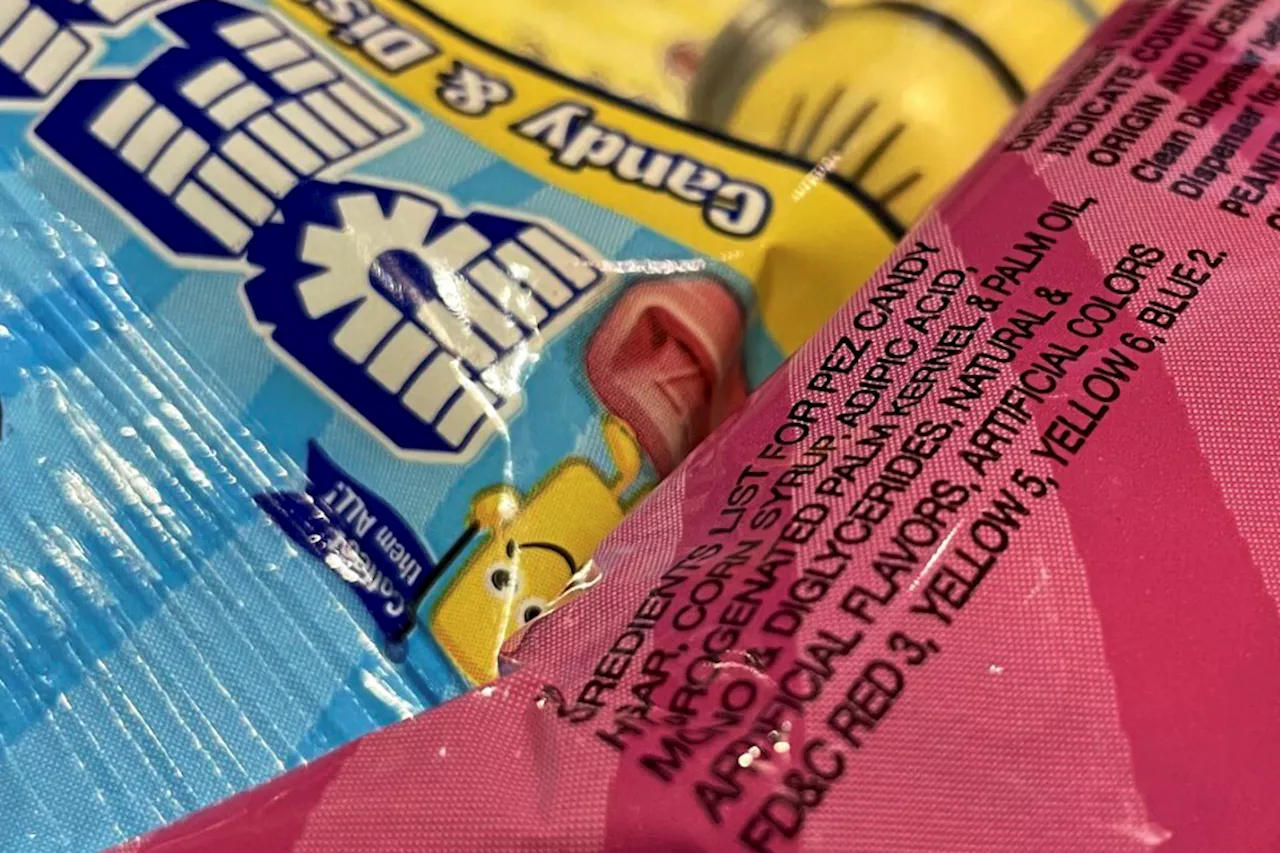 FDA bans Red No. 3, artificial coloring used in beverages, candy and other foodsEvidence shows that the synthetic dye can cause cancer in lab animals.
FDA bans Red No. 3, artificial coloring used in beverages, candy and other foodsEvidence shows that the synthetic dye can cause cancer in lab animals.
Read more »
